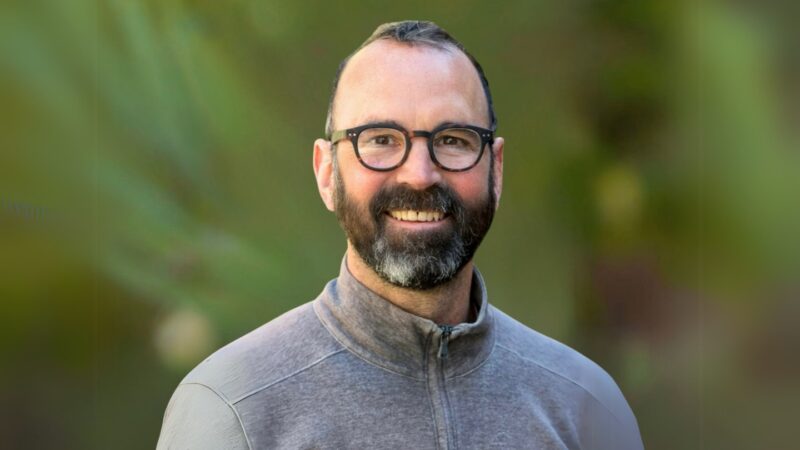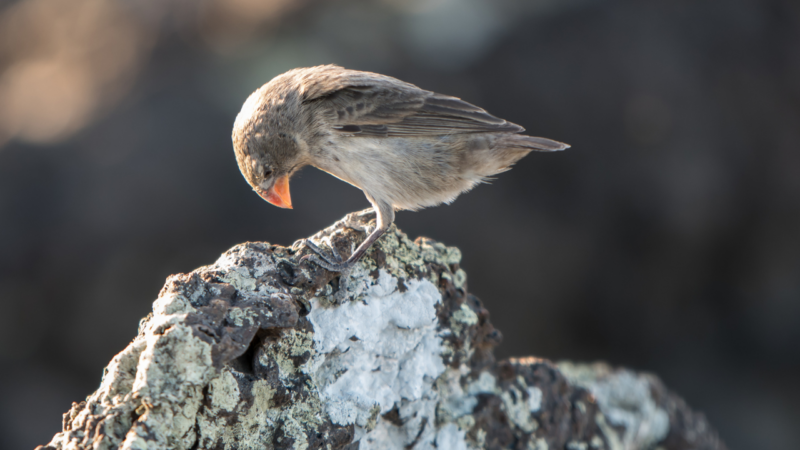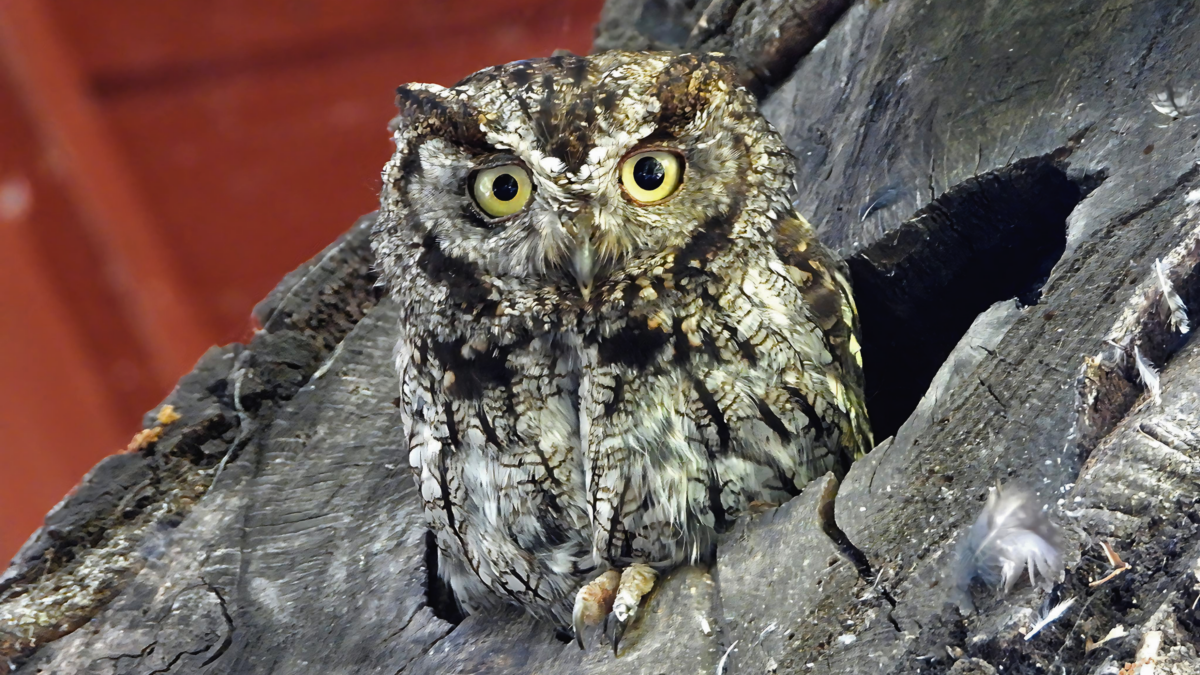
UCLA seniors study L.A. owl habitats with Friends of Griffith Park
But due to their nocturnal activity and well-hidden nests, little data has been available on local owl populations. To address this knowledge gap, a team of UCLA seniors collaborated with…
Owls play a vital role in Los Angeles by keeping rodent populations in check without the need for harmful chemicals.
But due to their nocturnal activity and well-hidden nests, little data has been available on local owl populations.
To address this knowledge gap, a team of UCLA seniors collaborated with the Los Angeles Raptor Study—a community science program sponsored by Friends of Griffith Park—as part of their capstone project for the environmental science bachelor’s degree.
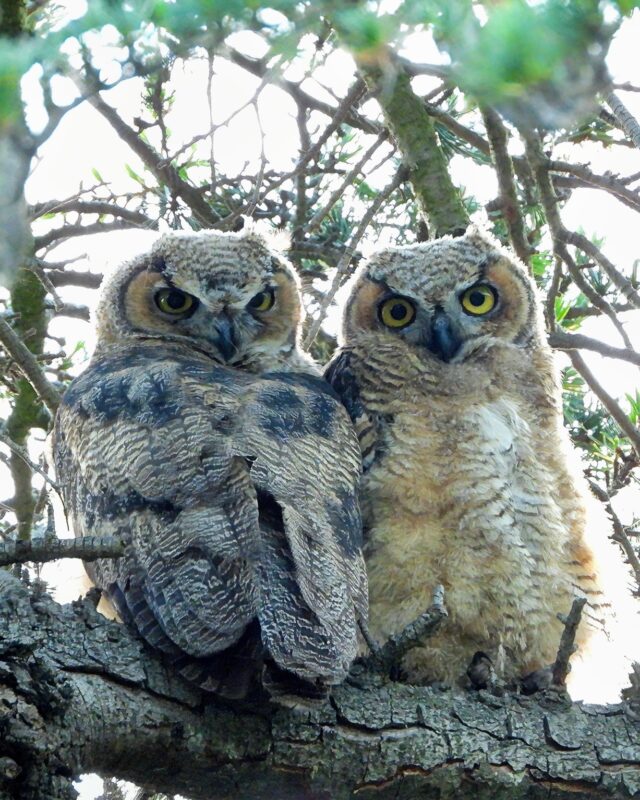
The project focused on understanding the breeding patterns of three owl species in LA: the Great Horned Owl (Bubo virginianus), Barn Owl (Tyto alba) and Western Screech Owl (Megascops kennicottii).
The students developed habitat sustainability models by combining field surveys with species distribution modeling—a technique that predicts where a particular species is likely to be found based on suitable habitat characteristics. The models considered factors like vegetation cover, elevation and proximity to natural features to identify areas within the city with high potential for owl activity.
By analyzing these ecological factors, the students pinpointed key characteristics that influence where owls choose to live in Los Angeles’ urban environment. Their findings highlight owl breeding patterns within the city, filling a critical gap in the understanding of how owls distribute themselves and use habitat in urban areas.
The project contributes significantly to the ongoing work of the Los Angeles Raptor Study. The LA Raptor Study, now in its eighth year, tracks and documents raptor nests across Los Angeles to understand ecological dynamics in both natural and built environments.
The UCLA students presented their research at the 2024 Southern California Academy of Sciences annual meeting at Chapman University for the Urban Biodiversity Symposium. Founded in 1891, SCAS promotes scientific communication and collaboration through these yearly meetings.
The students were advised by Nurit Katz, Outreach Coordinator for the LA Raptor Study and UCLA’s Chief Sustainability Officer, as well as faculty advisors Dr. Ryan Harrigan and Dr. Dan Cooper, Founder and Director of the LA Raptor Study.
“I feel like there’s a misconception that in order to connect with nature one needs to escape into the wild and abandon the city,” said Raptor Team member and UCLA senior Jocelyn Nuño. “I think many people would be surprised at how intertwined wildlife and urbanization are when they stop to take a closer look.”
This project not only broadens the understanding of owl ecology in urban environments but highlights the value of citizen science initiatives like the LA Raptor Study. The collaboration provided UCLA students with valuable hands-on research experience while directly aiding local wildlife and informing future conservation strategies.
The Raptor Practicum Team members include: Beatriz Basurto, Andrew Briones, Stephanie Choi, Karine Leclercq, Mélia Leclercq, Nikole Liang, Jocelyn Nuño, and Ahalya Sabaratnam.
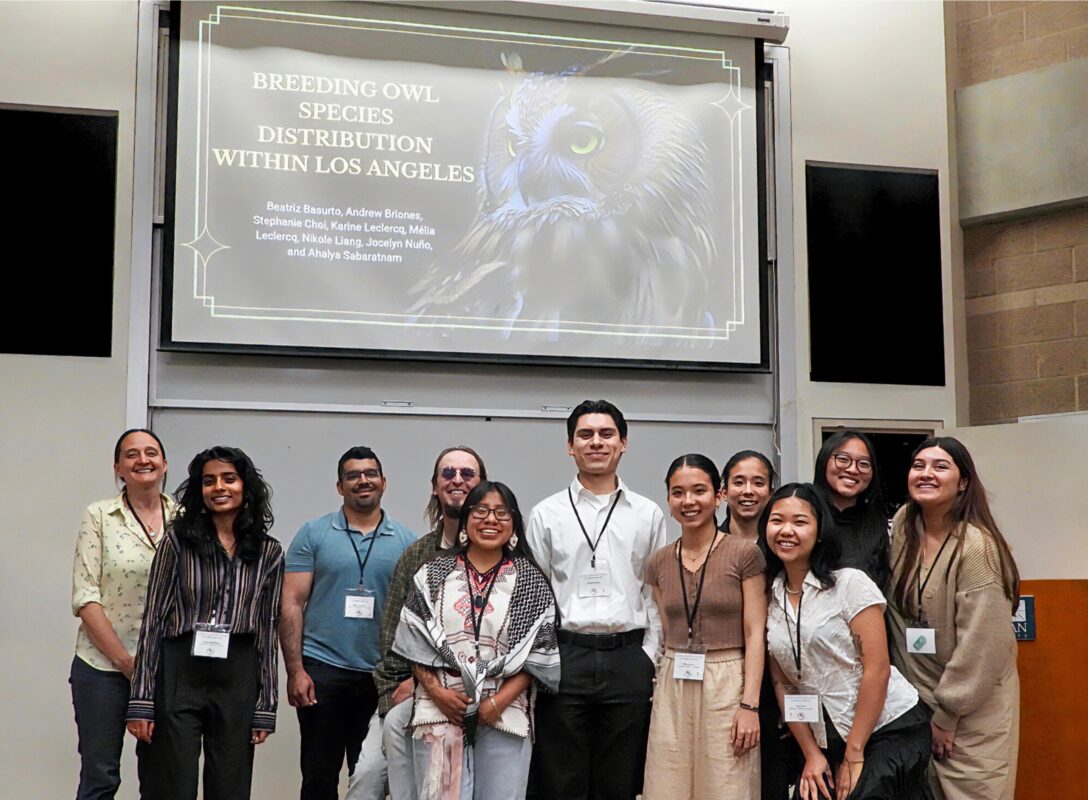
Friends of Griffith Park board member Miguel Ordeñana at the 2024 SCAS
Annual Meeting at Chapman University. | Photo courtesy of Nurit Katz



